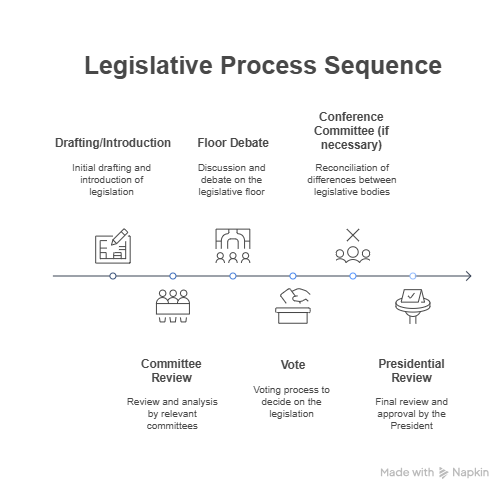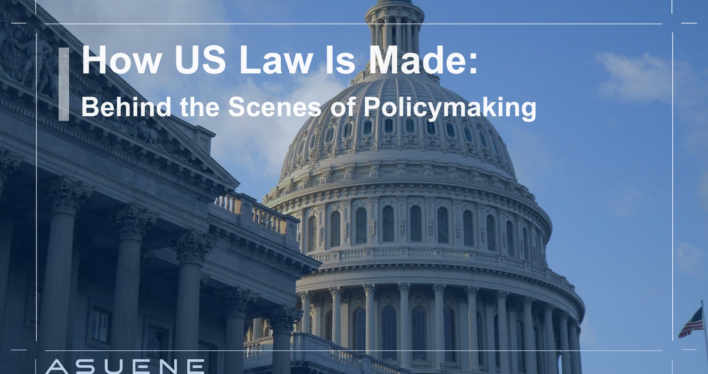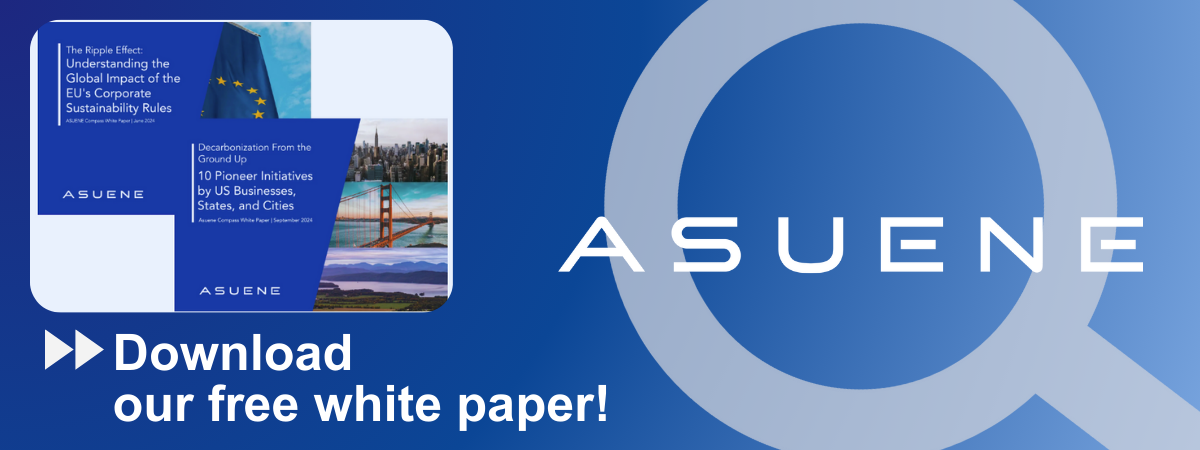- Article Summary
-
Overview of the U.S. Legislative System
The United States legislative system, characterized by a bicameral Congress, involves comprehensive procedures to enact laws. Understanding this process is essential for global businesses, NGOs, investors, and citizens engaging with U.S. policies. Comprising the House of Representatives and the Senate, Congress collaboratively shapes national laws, guided by constitutional mandates and established legislative traditions.
Drafting and Introducing Bills
Legislation begins with an idea typically influenced by societal needs, advocacy groups, business interests, or governmental priorities. A member of either the House or Senate formally drafts the idea into a bill. Upon introduction, the bill receives an identification number, such as “H.R.” for House-originated or “S.” for Senate-originated bills, which allows systematic tracking and transparency.

Committee Review and Amendments
After introduction, the bill is directed to a specialized committee reflecting its policy area, such as environmental sustainability, financial regulation, or health care. This committee examines the bill in detail, holds hearings featuring expert testimony, and debates its merits. Significant amendments and alterations often occur during this phase, heavily influencing the bill’s ultimate shape.
Typical committees include:
- Senate Committee on Environment and Public Works
- House Energy and Commerce Committee
The committee vote determines whether the bill moves forward or stalls.
Floor Debates, Amendments, and Voting Procedures
Approved bills proceed to the originating chamber floor, where they face extensive debate. Members of Congress can propose further amendments and revisions. This stage is crucial because it shapes public perception, media coverage, and political alignment on the issue. Voting follows the debate; successful passage requires a simple majority (50% + 1).
For complex or contentious issues, debates can be lengthy, reflecting the high stakes involved in legislative decisions.
Passage by Both Chambers and Conference Committees
Following approval by one chamber, the bill is sent to the other chamber, repeating the legislative cycle—committee reviews, floor debates, amendments, and votes. If both chambers pass different versions of a bill, a bipartisan “conference committee” meets to reconcile differences into a single, unified bill.

Presidential Action and the Path to Law
Upon congressional approval, the bill reaches the President, who has several choices:
- Sign the Bill: Immediate enactment into law.
- Veto: Reject the bill, returning it to Congress with reasons. Congress can override with a two-thirds majority in each chamber, though overrides are rare and politically challenging.
- No Action (Pocket Veto): If Congress is in session, the bill automatically becomes law after ten days. However, if Congress adjourns within these ten days, the bill fails.
Citizen Engagement in the Legislative Process
Citizens play a crucial role in shaping legislation through various forms of engagement:
- Voting: Electing candidates who share similar policy priorities.
- Contacting Officials: Writing letters, making phone calls, or sending emails to legislators expressing support or opposition to bills.
- Participating in Public Forums: Attending town halls, public hearings, or community meetings to voice opinions and provide input directly.
- Joining Advocacy Groups: Becoming active in organizations that lobby for specific policy goals, thus amplifying individual voices.
- Utilizing Social Media: Engaging with policymakers and fellow citizens online to influence public discourse and legislative agendas.
Conclusion: Implications for Stakeholders
Navigating the U.S. legislative process demands strategic planning, thorough understanding, and active engagement. Stakeholders must anticipate policy changes, proactively engage with legislators and committees, and understand potential presidential influences. For global companies, organizations, and citizens operating in or affected by U.S. regulations, mastery of these legislative dynamics is crucial for strategic foresight, impactful advocacy, and sustainable growth.
Why Work with ASUENE Inc.?
Asuene is a key player in carbon accounting, offering a comprehensive platform that measures, reduces, and reports emissions, including Scope 1-3. Asuene serves over 10,000 clients worldwide, providing an all-in-one solution that integrates GHG accounting, ESG supply chain management, a Carbon Credit exchange platform, and third-party verification.
ASUENE supports companies in achieving net-zero goals through advanced technology, consulting services, and an extensive network.


